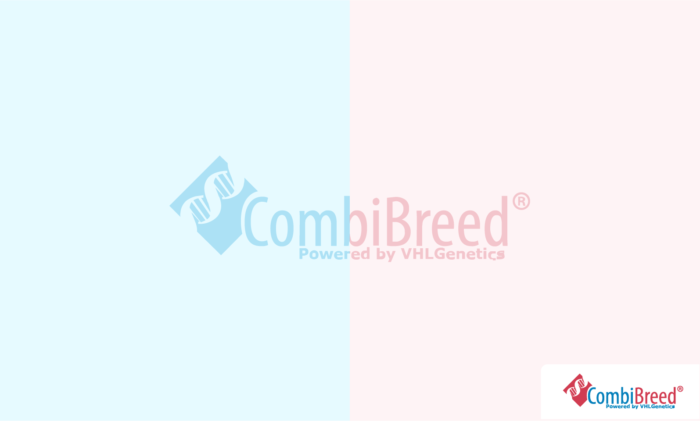
€0,- €0,- hors TVA
Only available in bundles
This variant of congenital cornification disorder, also known as Inflammatory Linear Verrucous Epidermal Nevus (ILVEN) is caused by a homozygous lethal X-linked incomplete dominant, small deletion in the NAD(P) dependent steroid dehydrogenase-like gene (NSDHL).
10 working days
Excl €5,95 shipping and administration per order (incl. VAT)
Only available in bundles
Caractéristiques
| Breeds | |
|---|---|
| Organ | |
| Gene | |
| Specimen | Écouvillonnage, sanguin EDTA, sanguine hépariné, sperme, tissu |
| Mode of Inheritance | X-Linked Incomplete Dominant |
| Chromosome | X |
| Year Published |
Informations générales
This variant of congenital cornification disorder, also known as Inflammatory Linear Verrucous Epidermal Nevus (ILVEN) is caused by a homozygous lethal X-linked incomplete dominant, small deletion in the NAD(P) dependent steroid dehydrogenase-like gene (NSDHL). This encodes an enzyme that plays a critical role in cholesterol biosynthesis, which is essential for normal cell membrane structure, signalling, and skin barrier function.
There is a second mutation known in Chihuahuas associated with congenital cornification disorder. This is a missense mutation and separately tested.
Another variant of the disorder, also known as CHILD-like syndrome, has been observed in the Labrador Retriever.
Caractéristiques cliniques
Affected dogs develop skin lesions along the length of the torso. The skin around these lesions is darkly coloured, with hair loss, tan to brown scales and crusting, and sometimes reddened or malodourous. The dog’s paw pads can become severely hardened, cracked and swollen through hyperkeratosis.
Male embryos carrying the mutation will spontaneously abort due to the homozygous lethality.
Additional Information
Références
Pubmed ID: 33143176
Omia ID: 2117